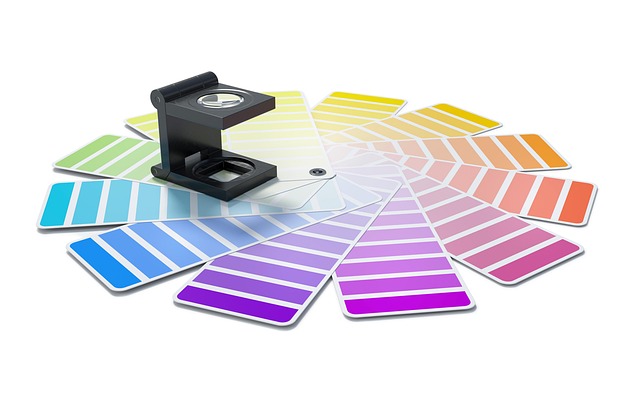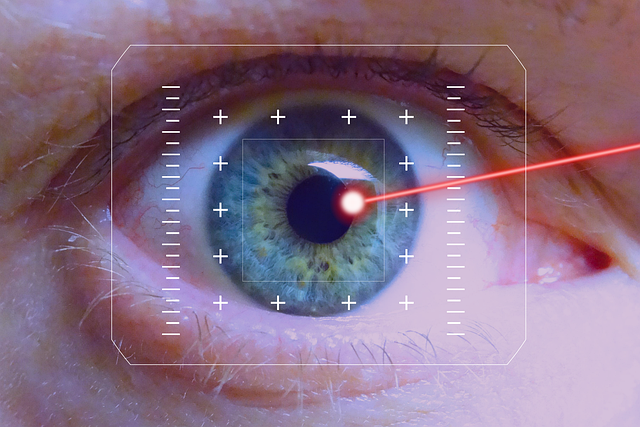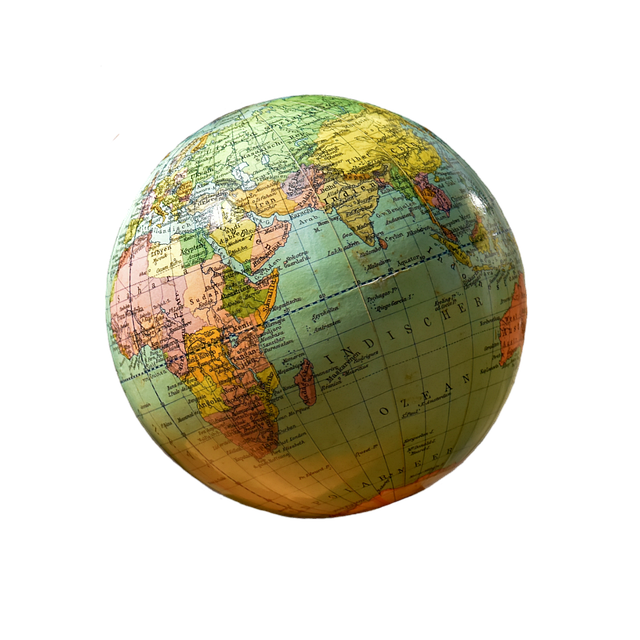Photography, at its core, is an intricate dance between light and shadow. The light source—whether it be the golden rays of a sunset, a softly diffused lamp, or the harsh glare of midday sun—plays a crucial role in shaping not just the illumination of a scene but also the emotions conveyed through the image. Understanding how to manipulate these light sources can elevate a simple photograph into a compelling work of art.
Imagine standing in a dim-lit room, where a single lamp casts a warm glow against textured walls, revealing the patterns of light and shadow. This dynamic interplay creates a narrative, inviting viewers to immerse themselves in the photograph. Artistic designs in photography become a canvas, and the light source an essential brush, painting moods, drawing attention to details, or creating ethereal atmospheres.
When designers and photographers collaborate, they are essentially crafting a visual story. The selection of a light source can guide the viewer’s gaze, focus on the subject, or create a halo effect that adds a sense of magic to the scene. Soft lighting can evoke feelings of nostalgia, while directional lighting can instill a sense of drama and tension. Each choice creates an artistic statement, shaping how a viewer interacts with the image.
Consider the use of natural light in landscape photography. The golden hour, just after sunrise or before sunset, transforms ordinary scenes into extraordinary ones. Here, the angle of the sun acts as a light source that enriches colors, adding depth and enhancing textures, encapsulating fleeting moments in time. These subtle changes can often evoke powerful emotions, reminding us of nature’s raw beauty.
In portrait photography, the manipulation of light sources allows for the creation of depth and dimension. Backlighting can create silhouettes that are both striking and poignant, while soft, diffused light can reproduce a sense of intimacy. The right light source can flatter a subject, accentuating their features and conveying their emotions more profoundly. It’s a delicate balance of art and technique, where the photographer becomes a visionary designer.
Experimentation with artificial light sources opens up a whole new realm of possibilities. Light modifiers like softboxes, reflectors, and diffusers help to shape light into controlled, beautiful forms. These tools allow photographers to experiment with different designs, creating unique atmospheres and styles, whether it’s for a high-fashion shoot or a cozy lifestyle portrait.
In the digital age, post-processing tools further expand the horizon of what can be achieved with light in photography. Adjusting exposure, contrast, and color grading can morph an image into a mesmerizing piece of art, one where the light source serves not merely as illumination but as an integral element of design. Every adjustment tells a story, turning a photograph into a visual journey.
Photography, when approached with an artist’s mindset, becomes more than just capturing reality; it transforms into a vehicle for expressing emotions, thoughts, and stories. By learning to master the art of light—its source, quality, and direction—photographers and designers together can create mesmerizing pieces that resonate with audiences, carving out new dimensions in the realm of visual art.




